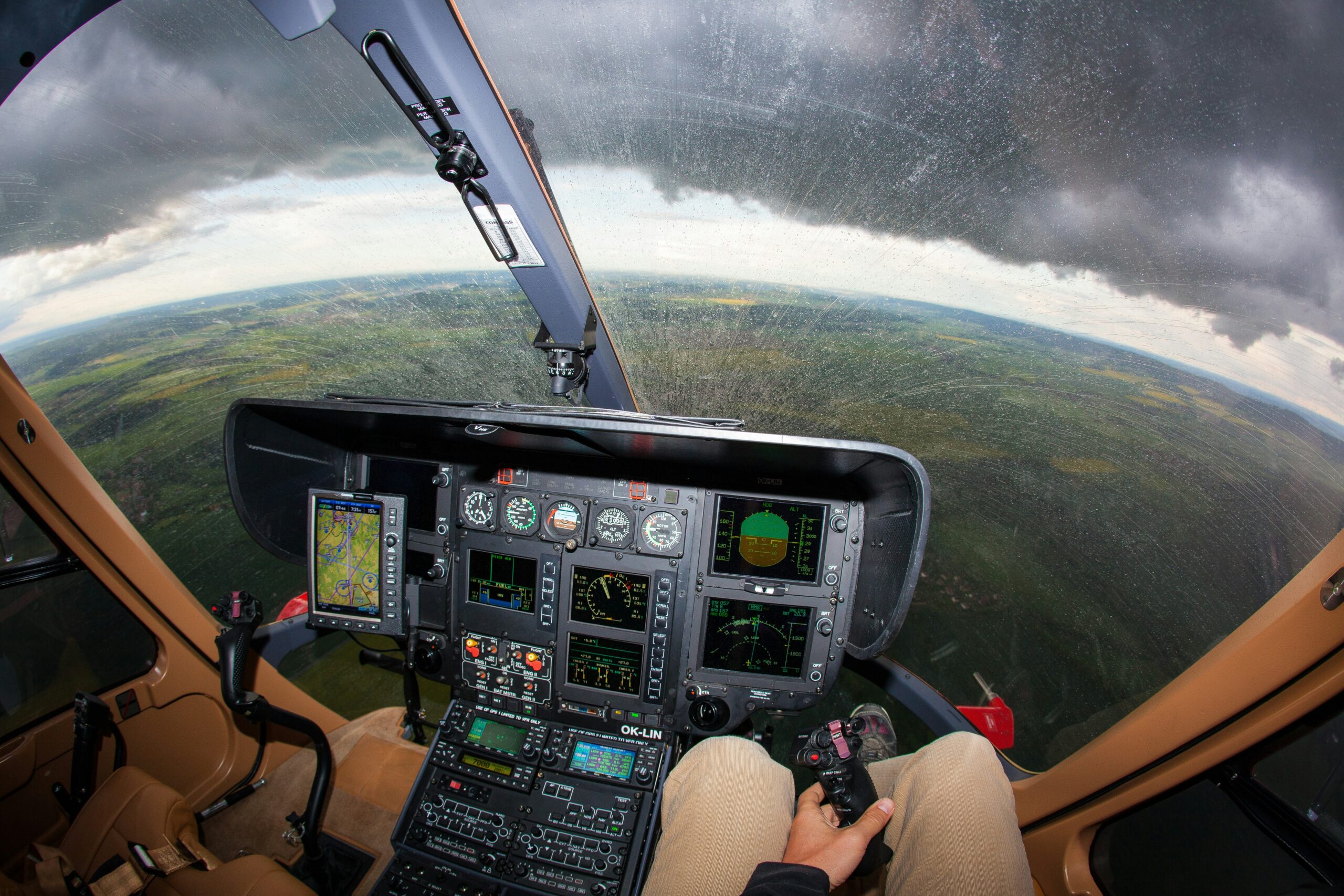
Flying under Instrument Flight Rules (IFR) is a discipline that tests both skill and mindset. Unlike clear-sky flying, where visual cues guide you, IFR puts you inside the cockpit, relying on instruments to tell the story. Clouds, fog, rain, or darkness may erase the horizon, but your instruments remain steady allies. Confidence in IFR is not about bravado. It is about preparation, calm focus, and trust in training.
Pilots who thrive under IFR conditions know that weather is only one part of the challenge. The real test comes from balancing workload, judgment, and decision-making. Each flight under IFR pushes you to become more resilient.
The Role of Preparation
Preparation is the backbone of weatherproof flying. Before takeoff, a pilot studies forecasts, NOTAMs, and charts. This is not just routine—it is foresight. Knowing where turbulence might lurk or how winds may shift can shape your entire plan. Anticipating alternate routes or airports ensures that you never feel trapped by conditions.
Confidence grows when preparation becomes habit. A pilot who reviews approach charts in calm daylight will recall them faster in stormy skies. When the mind already knows the terrain, the body follows with steady control. Preparation reduces surprises, and fewer surprises mean more confidence.
Trust in Instruments
When clouds close in and vision fades, your instruments become the horizon. They are your truth in a world where sight can deceive. Many new pilots struggle with spatial disorientation. The inner ear whispers lies, but the attitude indicator and altimeter hold steady. Learning to trust them is a mental shift, not just a technical one.
The key is repetition. Each time you train in a simulator or under a hood, you reinforce trust in the dials. That trust becomes instinct. In turbulence or heavy rain, instinct saves seconds. Those seconds can shape outcomes. Trusting instruments is not about blind faith; it is about proven reliability.
The Challenge of Workload
IFR flying demands more than steady hands—it requires a steady mind. Tasks stack up: monitoring altitude, talking with air traffic control, navigating approaches. Stress can make time feel scarce. Yet mastery comes from pacing yourself.
Breaking tasks into small steps helps. Aviate, navigate, communicate—that order never fails. When stress peaks, go back to basics. Keep the plane flying, know where you are, then talk. This rhythm clears mental clutter and restores focus.
Confidence under IFR is less about speed and more about order. A calm pilot is an efficient pilot.
Decision-Making in Uncertainty
One of the most challenging aspects of IFR is making decisions with limited visibility. Weather shifts quickly, and forecasts are only predictions. At times, you may need to divert. At others, you may hold or request a different approach.
These moments test more than technical skill. They test judgment. Choosing to go around instead of forcing a landing is not a weakness. It is wisdom. Confidence shines when a pilot makes the safer choice without hesitation. Each wise decision builds a chain of trust—in yourself, in your training, and in the system.
The Importance of Calm
Calm is not natural in every cockpit situation, but it can be learned. Breathing steadily, slowing speech, and focusing on essentials help dissolve panic. Calm does not mean ignoring risk. It means meeting it with clarity.
Air traffic controllers notice calm voices. They respond with support. Crew members or passengers sense it too. Calm spreads outward, turning chaos into order. For the pilot, it establishes a feedback loop: calm leads to control, which in turn reinforces calm.
Training as a Confidence Builder
Training is the practice ground for weatherproof flying. Each session adds another layer of familiarity. Simulated failures, unexpected reroutes, or sudden descents are not punishments. They are rehearsals for the real stage.
Confidence is not about never feeling fear. It is about knowing you have practiced enough to act through fear. The more you expose yourself to difficult IFR conditions in controlled training, the less daunting they become in reality.
Communication as a Lifeline
In IFR conditions, clear communication is vital. Air traffic controllers are partners, not adversaries. They provide vectors, updates, and reassurance. Pilots who speak clearly and concisely get the best support.
Confidence here is not about speaking often but about speaking well. Saying “unable” when needed is a sign of strength. Asking for clarification shows professionalism. A pilot who communicates honestly builds trust, and that trust makes flying smoother even in stormy skies.
Building Confidence Over Time
Confidence does not arrive overnight. It grows in stages, from first lessons to advanced ratings. Each flight adds proof that you can handle challenges. Over time, fear gives way to respect, and respect turns into mastery.
Weatherproof flying is not about defeating storms but about adapting to them. The confidence you build as an IFR pilot mirrors life itself—meeting uncertainty with skill, preparation, and poise.
Flying Beyond Weather
Mastering IFR challenges is more than a technical achievement. It is a journey into patience, resilience, and trust. Each cloud crossed and each landing completed in low visibility becomes a story of growth.
Weatherproof flying is not about ignoring risk but about embracing it with readiness. The sky will always bring surprises. Yet with preparation, training, and calm, you can fly through them with confidence.
Your instruments will not waver. Your training will not abandon you. And your confidence, built step by step, will turn storms into stepping stones.